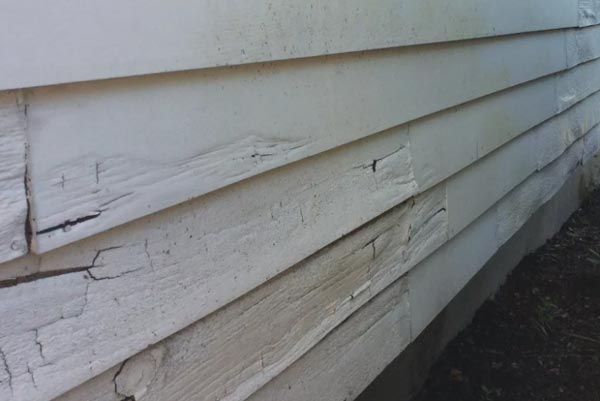As a homeowner, there can often be considerable investment of time, effort, and money in the upkeep of your house. Arguably your most important responsibility is protecting the underlying structure of your house so it will stand the test of time. This means caring for and maintaining the exterior protective surfaces, which is most cases is going to be siding.
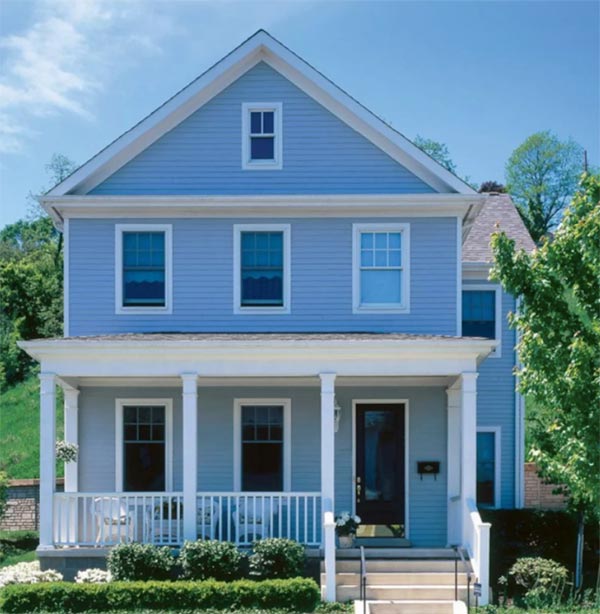
Your house siding will need regular maintenance and eventually replacement, regardless of the type you have installed. New siding installation is a big investment, so it’s not a surprise most homeowners forego the task unless absolutely necessary. Unfortunately, putting it off might cause damage to the sheathing, insulation, or supporting structure of the building, which spells even more hassle and cost.
It is always going to be best to repair or replace your siding before drastic problems arise. If you notice any of the following warning signs, it’s time to have someone come out and inspect your siding. Early intervention could mean the difference between simple exterior repairs and costly replacement of underlying structures and outer siding.
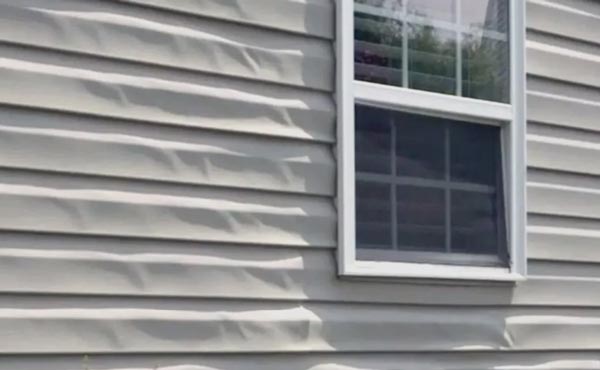
1. Physical changes to your siding
Cracked, warped, buckling or rotting siding
Do a thorough visual inspection around your house exterior. Small cracks could be a sign of a bigger problem.
With a rubber handle of a tool, tap on your siding. Is the layer beneath solid, or does it sound hollow or give way when you press hard enough? Dry rot caused by fungi starts below the surface, eventually eating away the body of the wooden sheathing.
Natural elements and poor installation can cause siding to crack or loosen over time as well. Cracked or loose siding breaks the protective seal around your home that keeps moisture and pests out.
Seam Separation
When the siding board seams are pulling apart, it is a sign that it needs to be repaired or replaced. Improper installation, aging siding or foundation settling can be its many causes. Moisture can enter between the seams and cause damage to your house interiors.
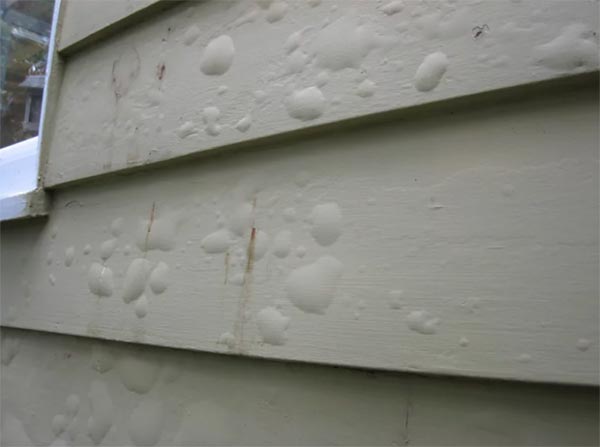
Blisters or bubbles on your siding
Blisters or bubbling forming beneath the surface of siding indicates trapped water, and this means moisture has entered it already. Once this happens, your siding is no longer doing its job of protecting your home.
2. Need for frequent house repainting
Repainting is usually required every 8-10 years. If you notice your home needs repainting more frequently, the problem may be the siding underneath, not the paint.
Chipping or peeling paint is a strong sign there’s an underlying problem and it may be time to replace your home’s siding.
3. Higher energy bills
Granted there are other factors at play when you have higher energy bills, if you’ve ruled out all other factors, consider whether a problem with your siding is causing reduced insulation. Your siding helps your home retain heat and cold, insulating it from the external elements throughout the year. Damaged siding doesn’t insulate properly anymore, and that can be reflected in your energy bill.
4. Interior Wall Damage
Water stains on your wall or peeling wallpaper can be a sign of water leaks because of damaged siding. Moisture is without a doubt one of the biggest threats to the integrity of your home’s structure and safety. Any sign of water intrusion needs to be address promptly.
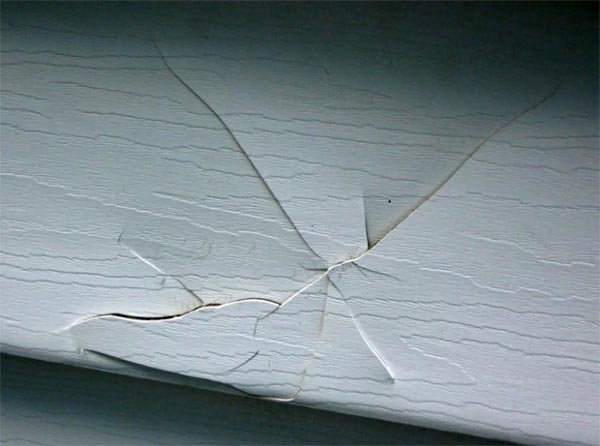
Call in the Experts
Have you noticed any of these signs or other issues with your siding? Let’s talk! If you’re unsure whether damage to your siding warrants replacement or just needs repair or cleaning, our expert installers can advise you the best course of action to protect your home.
We’re here to ensure your home is not only beautiful but well protected from the elements. We will thoroughly and accurately assess your specific needs and provide you with expert recommendations.
Give us a call at (650) 287-4208 or fill out our form to speak to one of our team members today!

